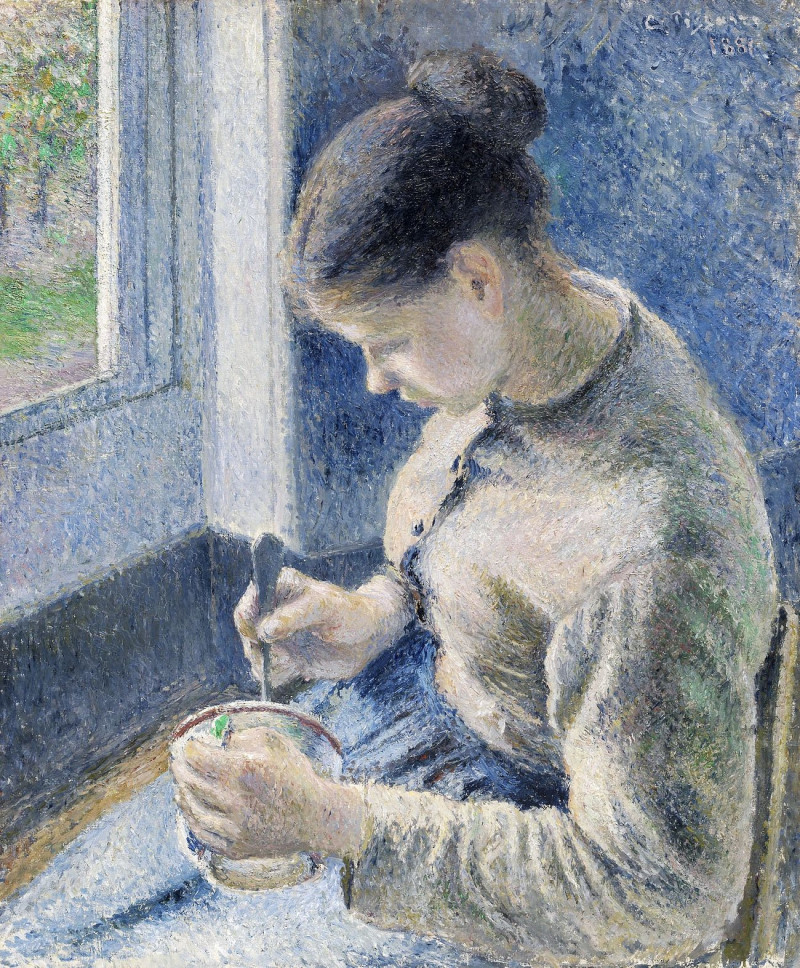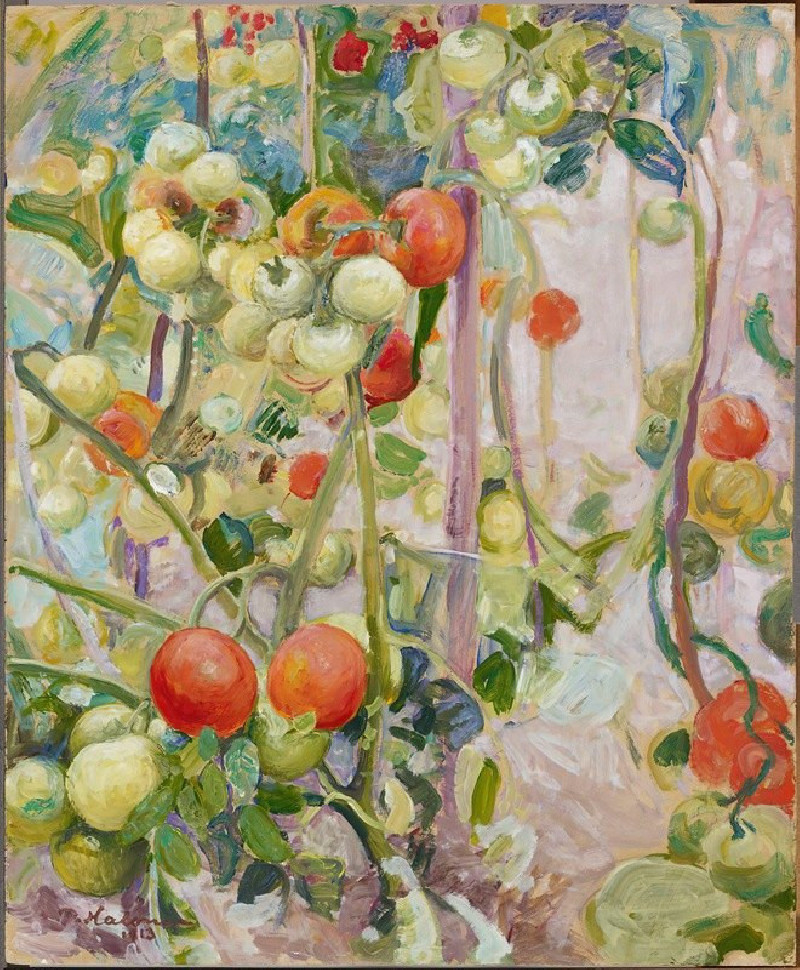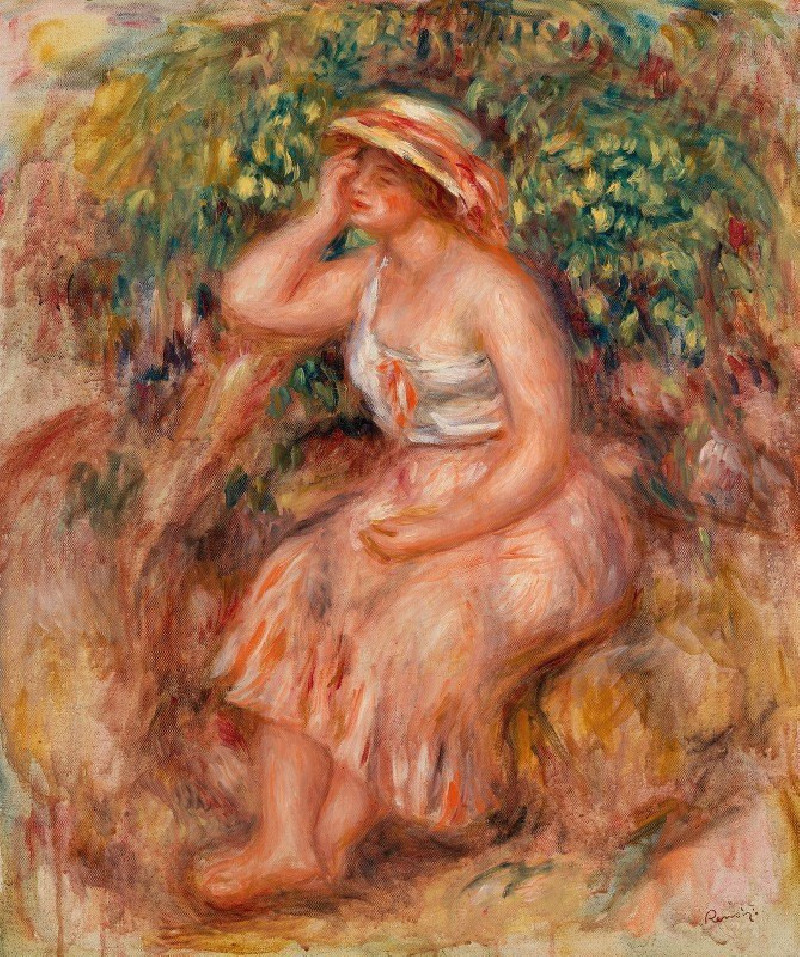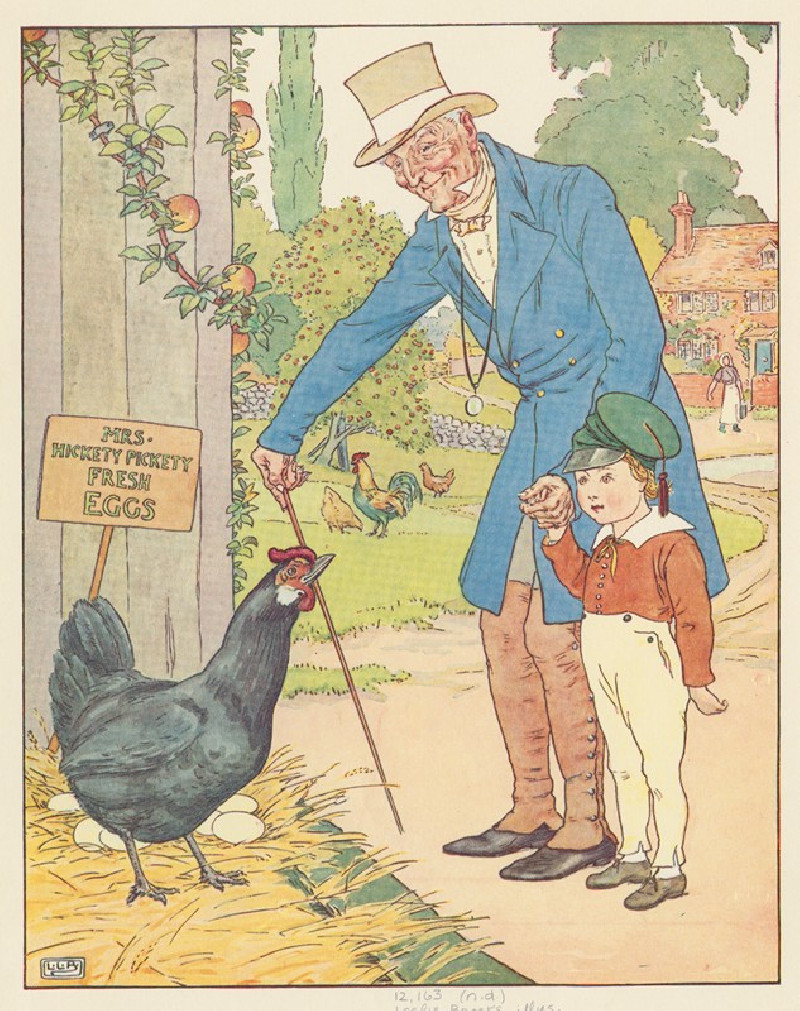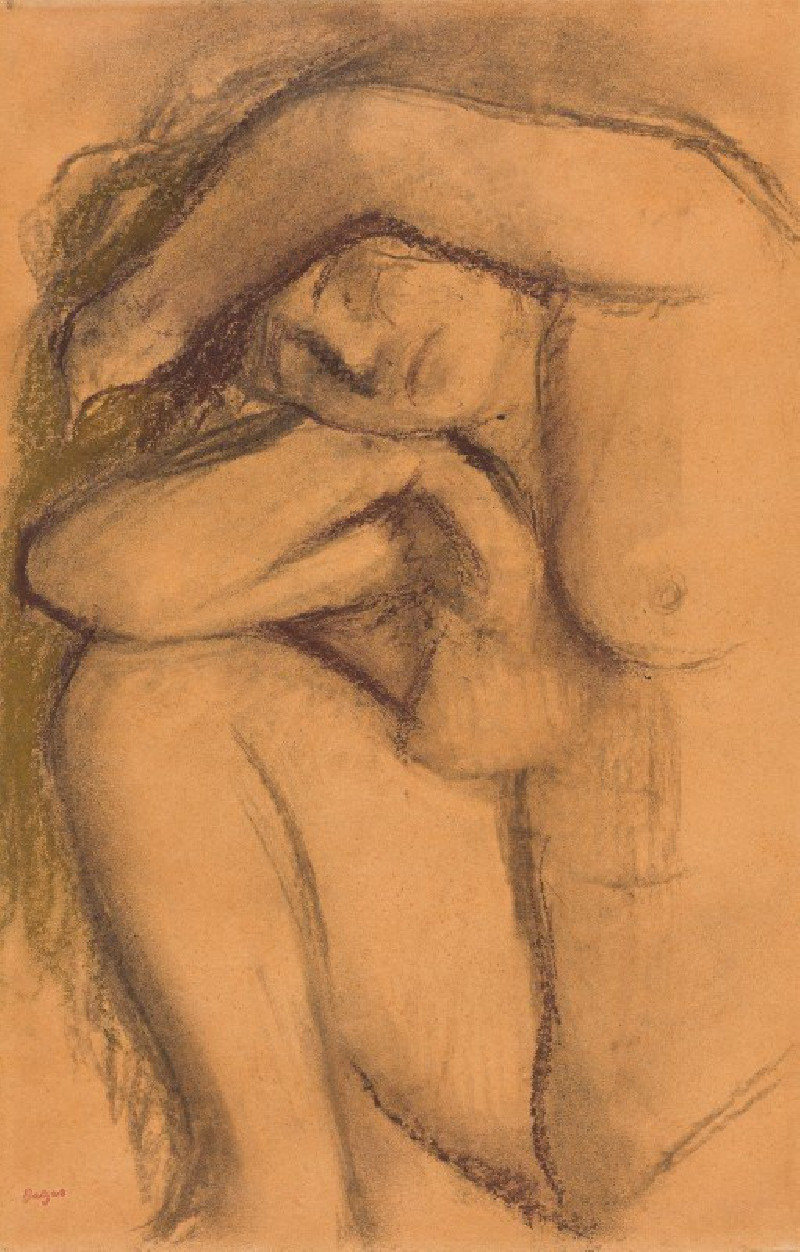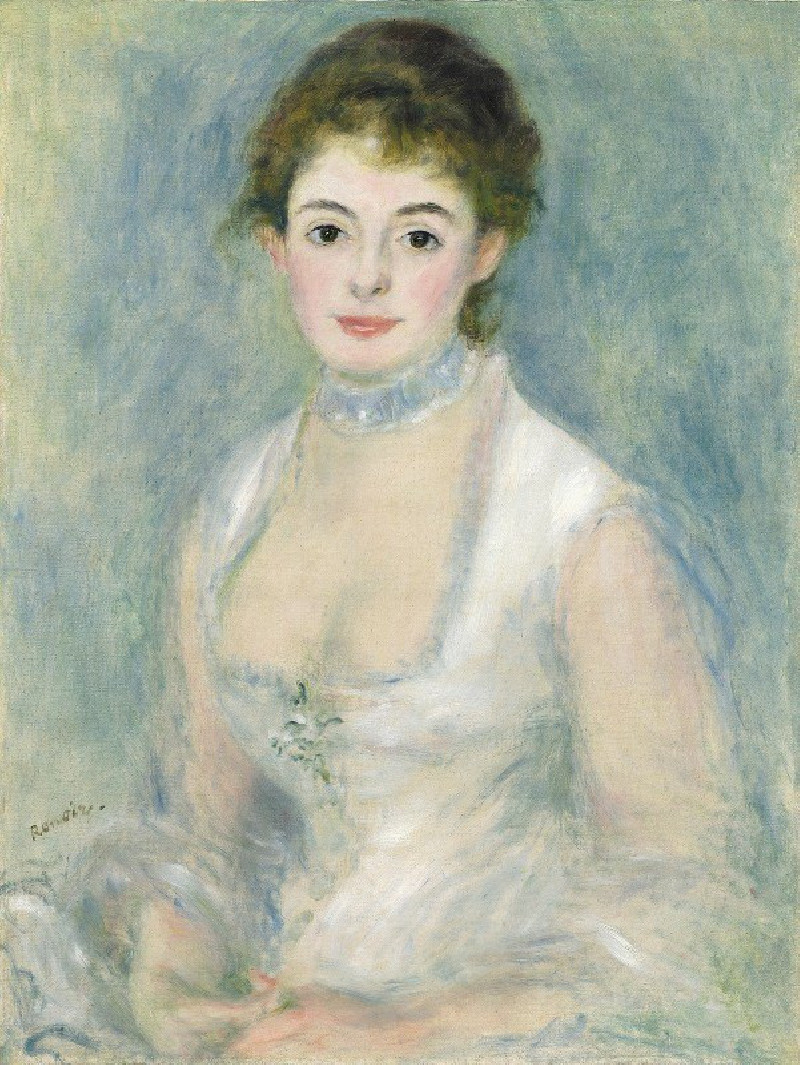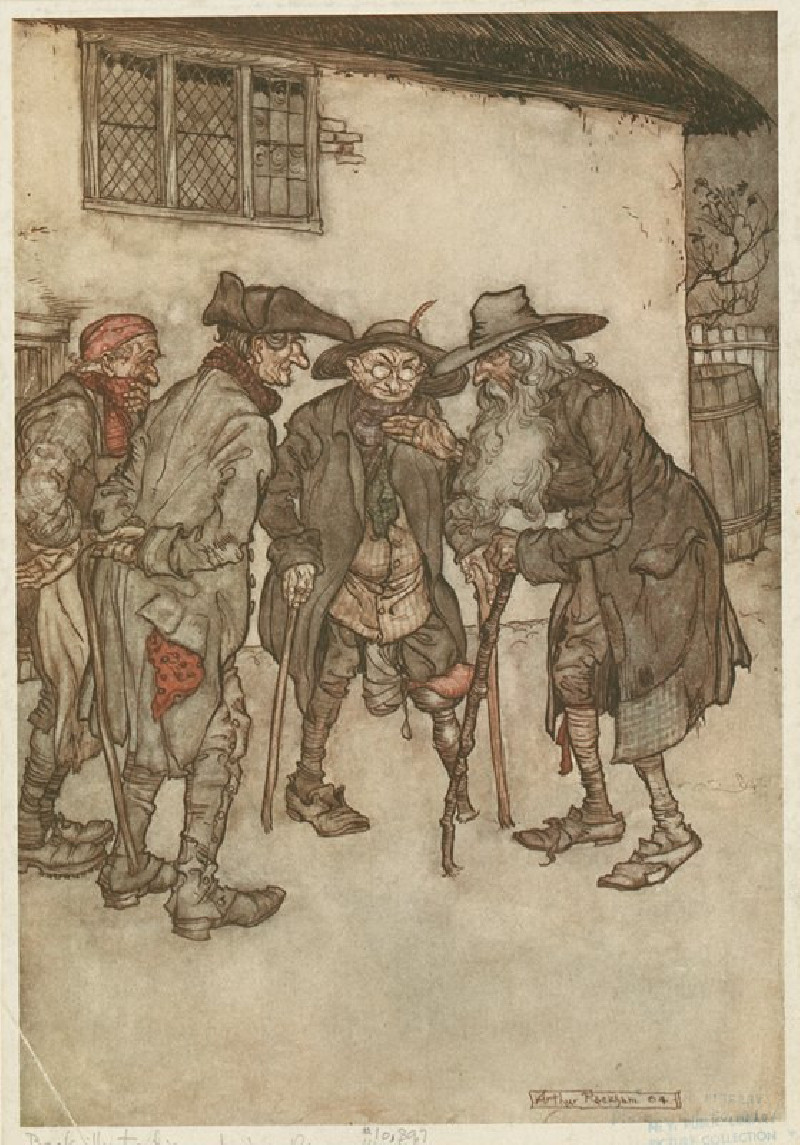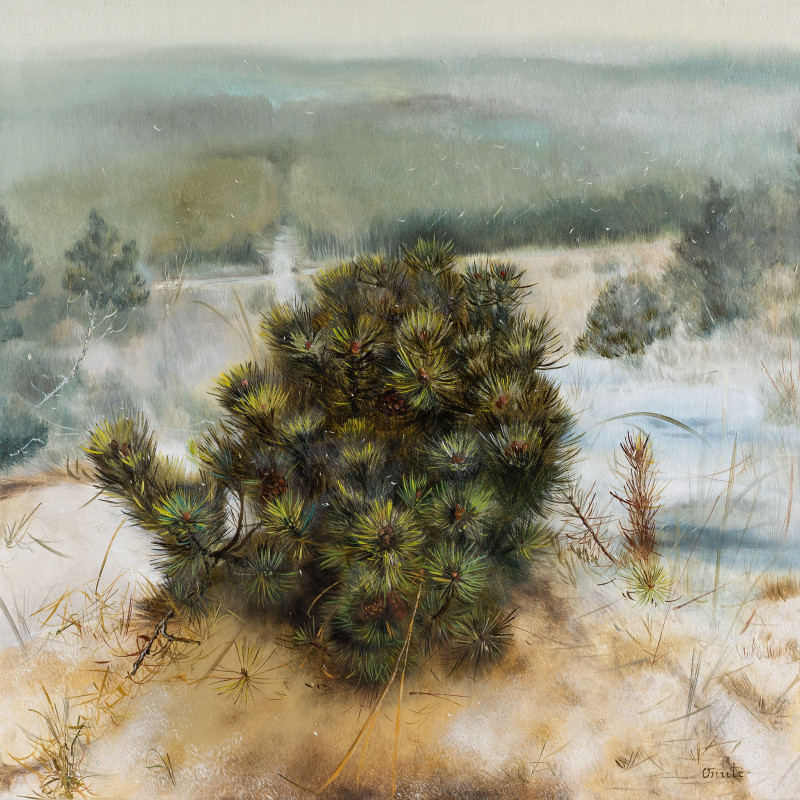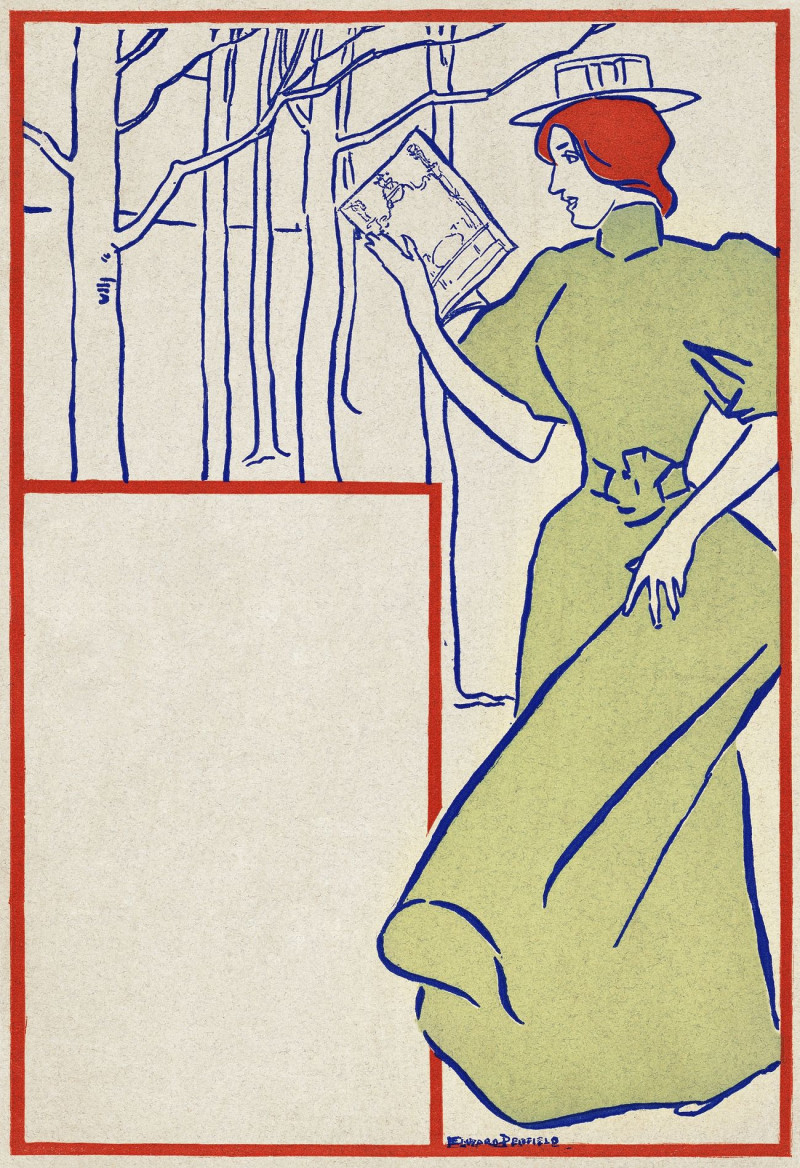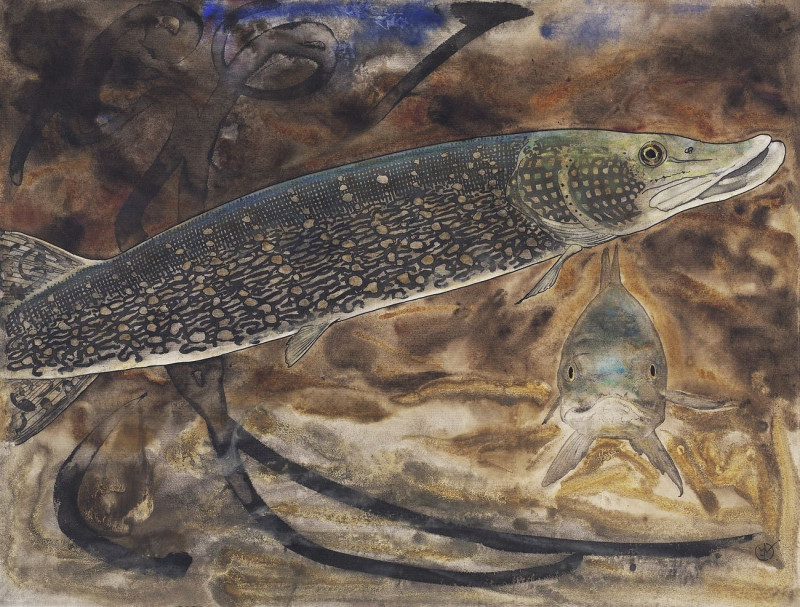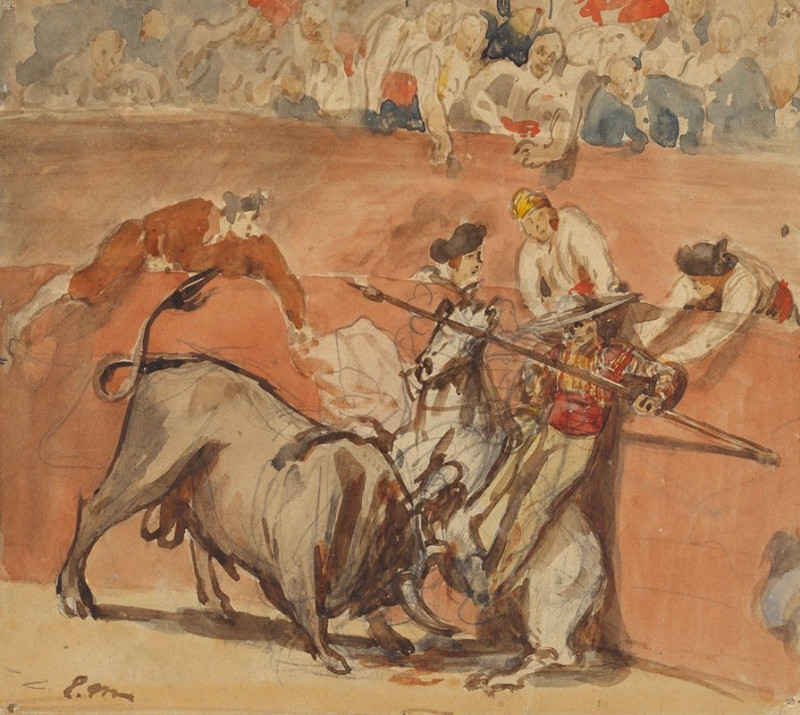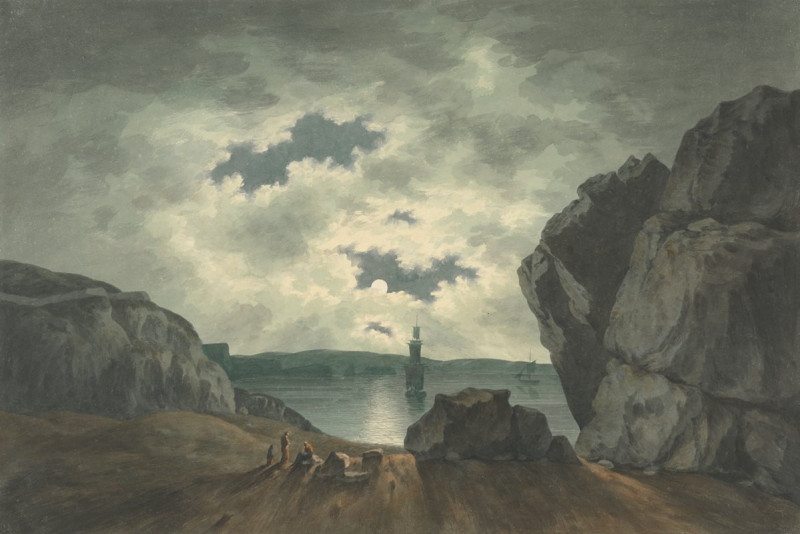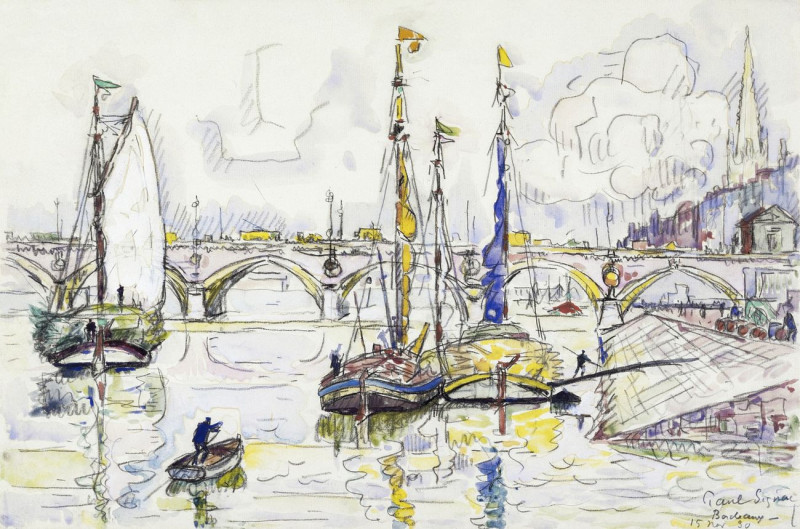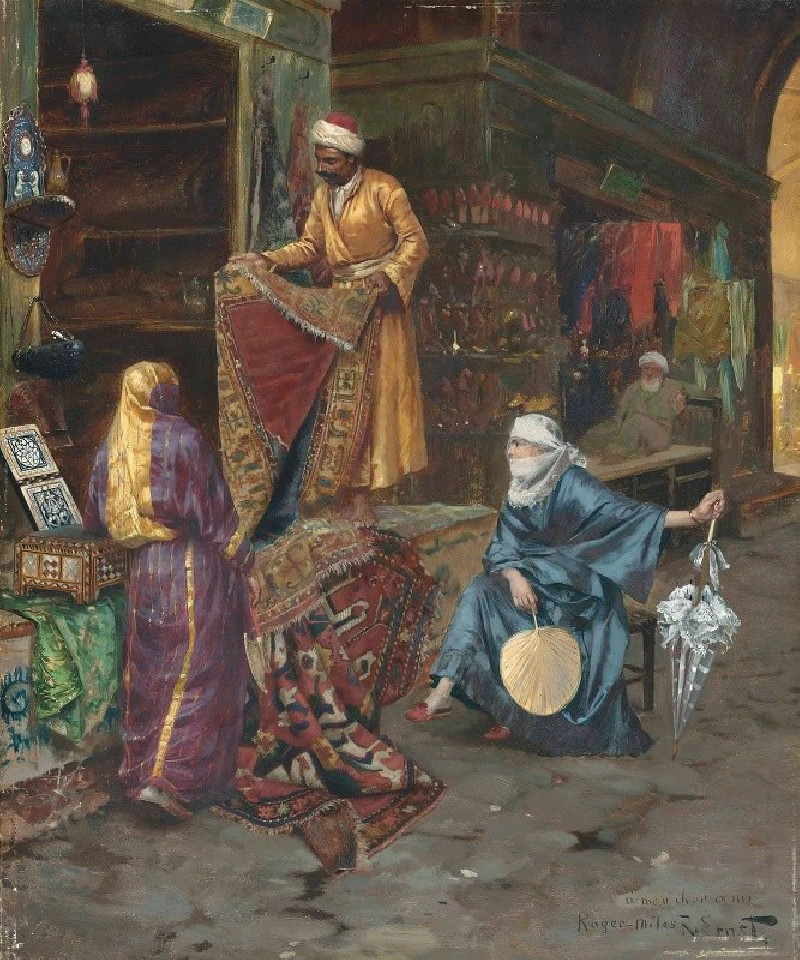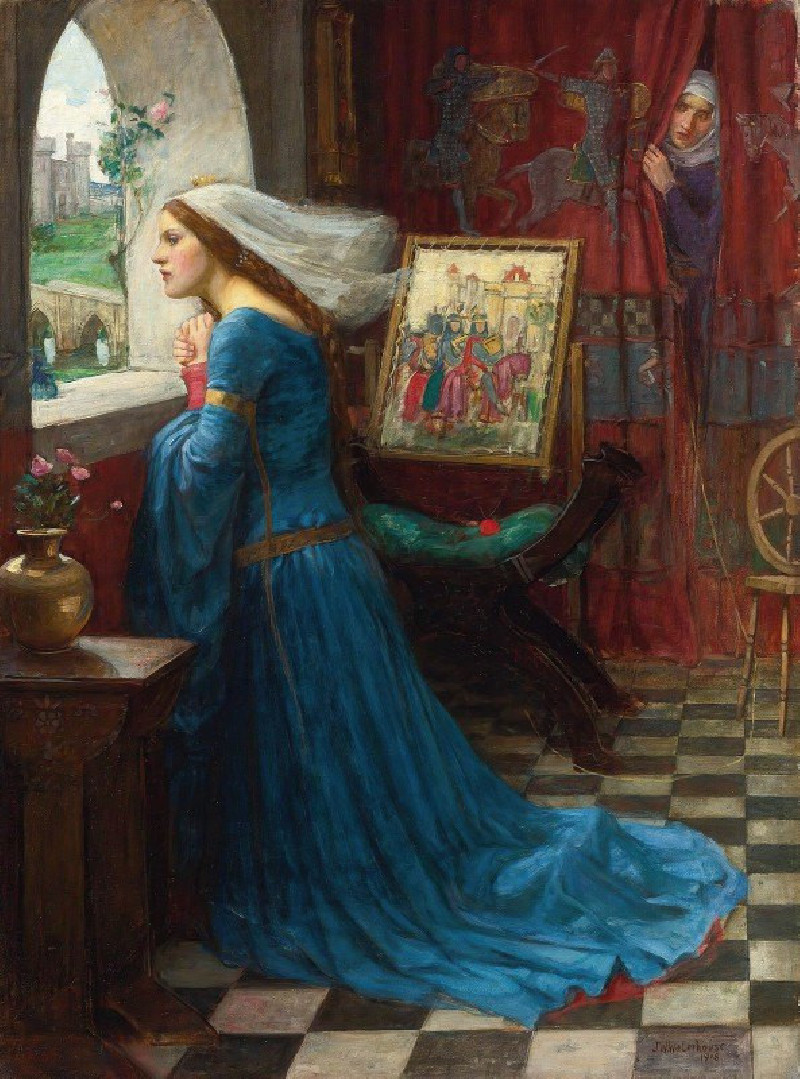Young Peasant Having Her Coffee
Technique: Giclée quality print
Recommended by our customers
More about this artwork
This painting by Camille Pissarro, titled "Young Peasant Having Her Coffee," captures a serene, introspective moment. It is a relatively close-up depiction of a young woman seated by a window, showing her engaged in the simple, everyday act of stirring her coffee. Pissarro's use of light and texture is evident, particularly in the way natural light softly illuminates the woman's face and hands, and reflects off the surfaces around her.The woman, dressed plainly, is painted with gentle, almost muted colors, suggesting a calm or reflective mood. Her downward gaze as she focuses on her cup draws the viewer's attention to the quiet, contemplative nature of the moment. The textured brushstrokes give a tangible feel to her clothing and the window frame, enhancing the sense of reality in this peaceful scene.Moreover, the background, though less detailed, features a glimpse of the world outside the window, with hints of greenery that suggest a rural or semi-rural setting. This adds a layer of context to the young peasant's environment, grounding her in a specific, perhaps familiar, everyday setting, yet also evoking a timeless quality that resonates with the simplicity and universality of the scene. Pissarro's work here is reflective of his interest in the lives of ordinary people and their interactions with their environment, a recurrent theme in his work.
Delivery
Returns
Blessed are they who see beautiful things in humble places where other people see nothing. — Camille Pissarro
Camille Pissarro (1830-1903) was born on St.Thomas (now the US Virgin Islands) to a Portuguese father and a Dominican mother. He went to Paris to study art at Ecole des Beaux-Arts. He was an early pioneer of pointillism and neo-impressionism and later became a mentor of many famous impressionist painters including Cezanne, Manet, Renoir, and Gauguin. His paintings depicted rural and urban French landscapes and lifestyle. Many of his works politically captured images of peasants and laborers. Today, he is considered the father of impressionism.

